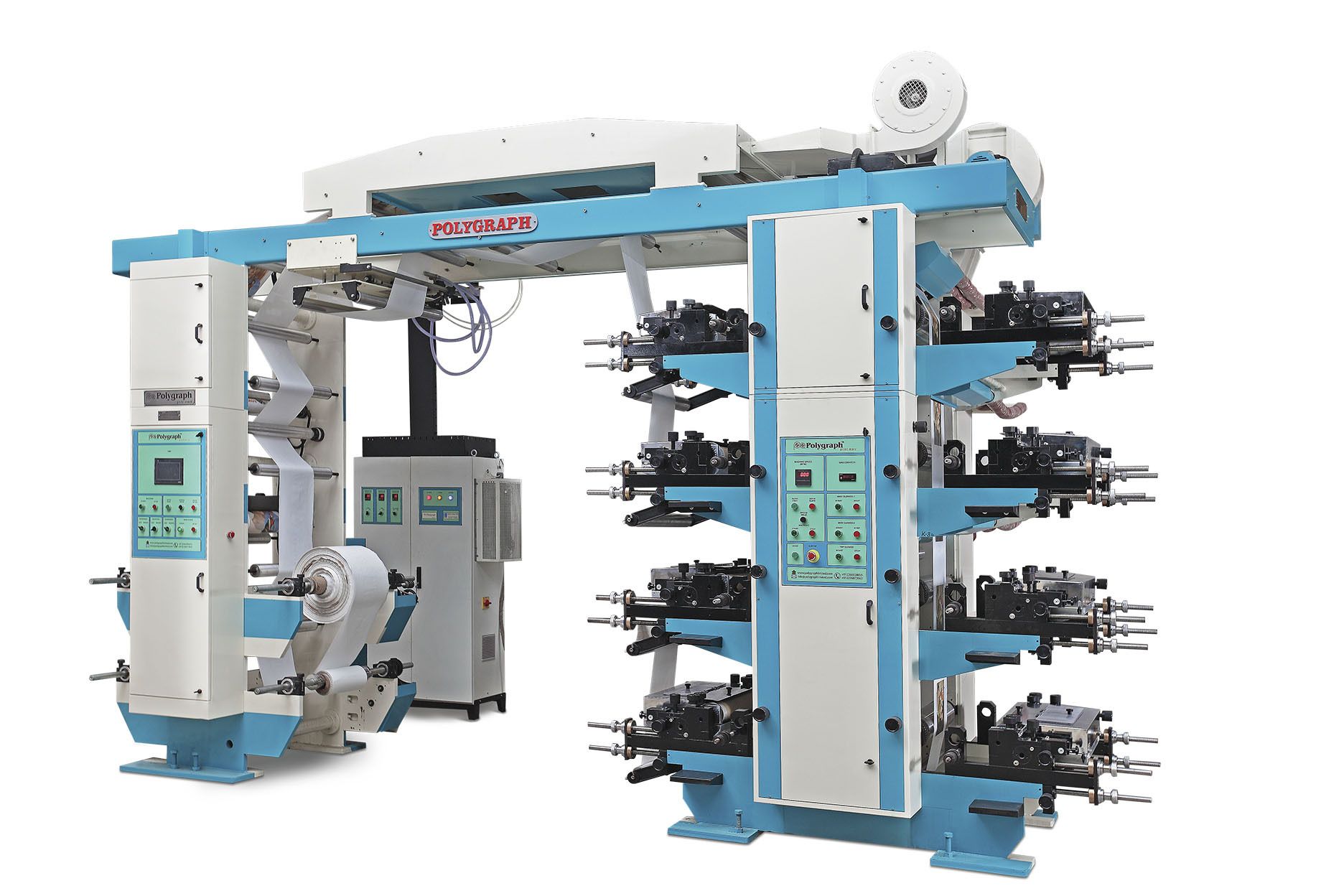Flexographic printing is a popular printing technique used in various industries, including packaging, labels, and newspapers. It involves the use of flexible printing plates and fast-drying inks to print on a wide range of substrates. While flexographic printing has many advantages, such as high-speed printing and low cost, there are also some hidden disadvantages that are often overlooked. In this article, we will explore these disadvantages in detail.
- Limited Color Range
One of the main disadvantages of flexographic printing is its limited color range. Flexographic printing is typically used for printing simple designs with a limited number of colors. This is because the printing plates used in flexographic printing can only hold a certain amount of ink. As a result, it can be challenging to achieve complex color gradients or photographic images with this printing technique.
- Inconsistent Print Quality
Another disadvantage of flexographic printing is its inconsistent print quality. This is because the printing plates used in flexographic printing can wear out over time, leading to variations in print quality. Additionally, the ink used in flexographic printing can be affected by factors such as temperature and humidity, which can also impact print quality.
- Environmental Concerns
Flexographic printing can also have negative environmental impacts. The inks used in flexographic printing are often petroleum-based, which can contribute to air pollution and greenhouse gas emissions. Additionally, the use of solvents in the printing process can lead to the release of volatile organic compounds (VOCs) into the atmosphere.
- Limited Substrate Compatibility
Flexographic printing is also limited in terms of substrate compatibility. While it can be used to print on a wide range of substrates, including paper, plastic, and metal, it may not be suitable for all types of substrates. For example, flexographic printing may not be able to print on substrates with uneven surfaces or complex shapes.
- High Initial Setup Costs
Finally, flexographic printing can have high initial setup costs. This is because the printing plates used in flexographic printing must be custom-made for each print job, which can be expensive. Additionally, the equipment used in flexographic printing can be costly, making it less accessible for small businesses or startups.
In conclusion, while flexographic printing has many advantages, it also has several hidden disadvantages that should be considered before choosing this printing technique. These disadvantages include limited color range, inconsistent print quality, environmental concerns, limited substrate compatibility, and high initial setup costs. By understanding these disadvantages, businesses can make informed decisions about which printing technique is best suited for their needs.


